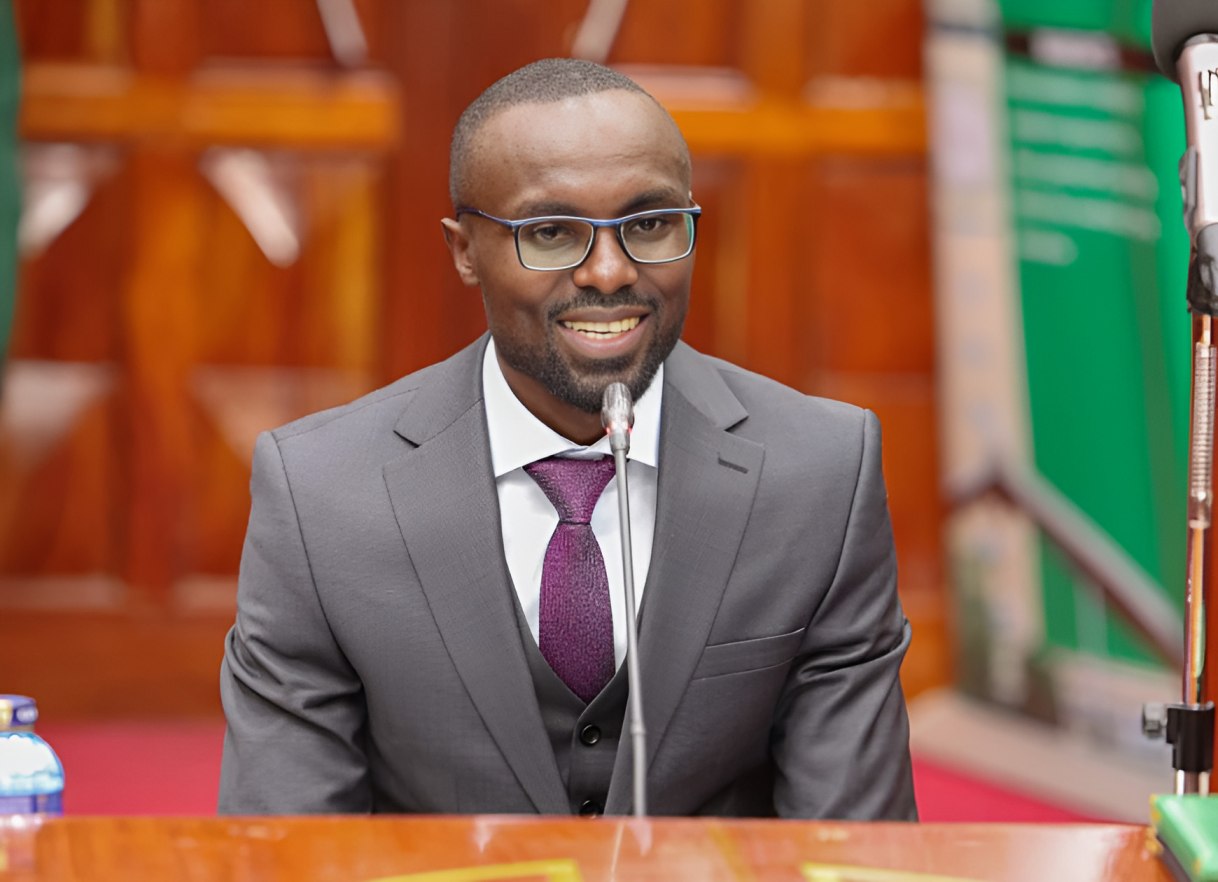Kenya and Uganda sign Sh17 Billion deal for cross-border water project

This marks a significant step forward for a project first envisioned in 2015, developed in collaboration with the Nile Basin Initiative under its Equatorial Lakes Subsidiary Action Program (NELSAP).
Kenya and Uganda have entered into a bilateral pact to roll out a large-scale water infrastructure project aimed at boosting the economic growth of both nations.
The Angololo Water Resources Development Project (AWRDP), a key cross-border initiative, is set to enhance food production, expand access to clean water, support electricity generation, create employment opportunities, and strengthen regional cooperation.
The agreement was officially signed in Busia, with Kenya’s Cabinet Secretary for Water, Sanitation, and Irrigation, Eric Mugaa, and Uganda’s Minister for Environment, Beatrice Atim, leading the ceremony.
This marks a significant step forward for a project first envisioned in 2015, developed in collaboration with the Nile Basin Initiative under its Equatorial Lakes Subsidiary Action Program (NELSAP).
Cabinet Secretary Eric Mugaa revealed that the Angololo Water Resources Development Project is projected to cost USD 137 million (around Sh17 billion) and is expected to benefit over 300,000 residents in Kenya’s Busia and Bungoma counties as well as Uganda’s Tororo, Namisindwa, and Manafwa districts.
"This initiative goes beyond just delivering clean water—it will support irrigation across more than 4,000 hectares of land, nearly equally shared between the two countries. It’s also set to boost food production, enhance fish farming, and provide up to 21.3 megawatts of clean energy through hydro and solar sources," said CS Mugaa.
He further highlighted that the project includes environmental rehabilitation, aiming to restore 30 percent of the degraded upstream catchment, which spans 447 square kilometers.
"In total, more than 4,000 hectares will be irrigated, with Kenya accounting for 47 percent and Uganda 53 percent. Additionally, restoring a significant portion of the catchment area will greatly support our joint conservation efforts, he added.
Uganda’s Environment Minister, Beatrice Atim, praised the project as a shining example of regional collaboration in Africa.
She called on local communities to take responsibility for protecting the environment and safeguarding water sources.
"This project belongs to us all. It’s high time we harness our own resources and solutions without relying on external direction. Home-grown partnerships like this are the key to sustainable progress," she remarked.
